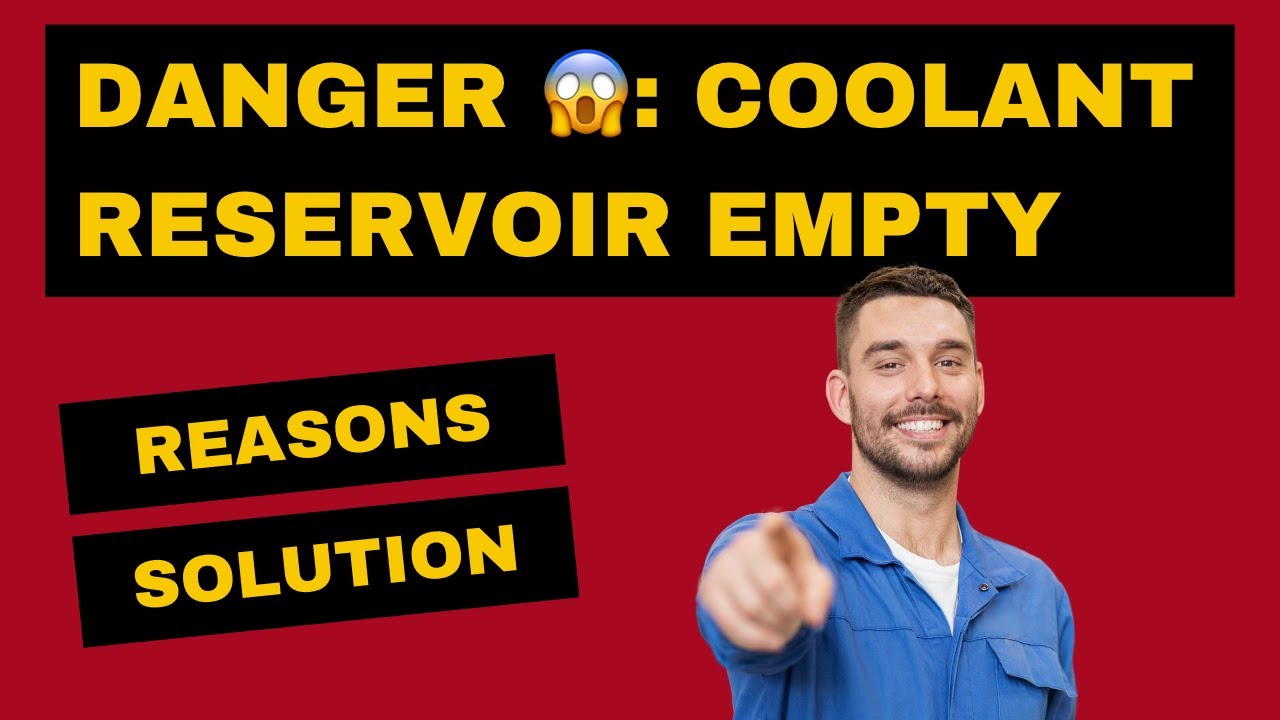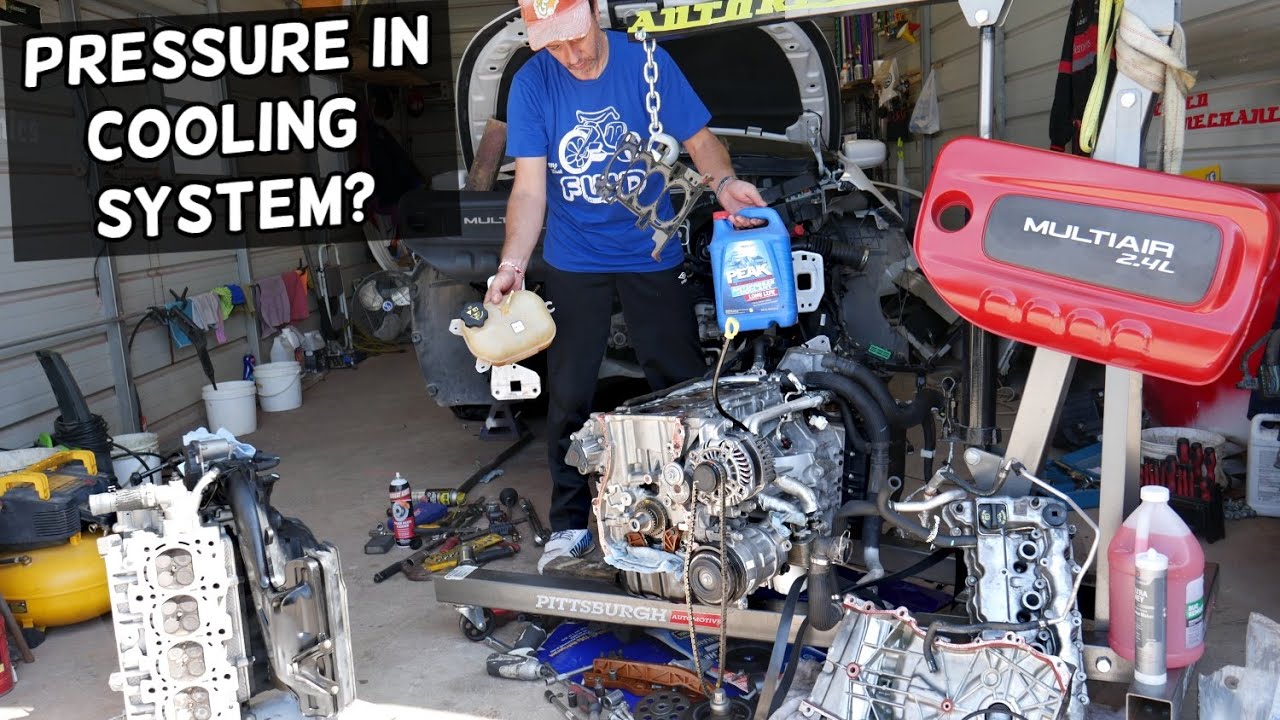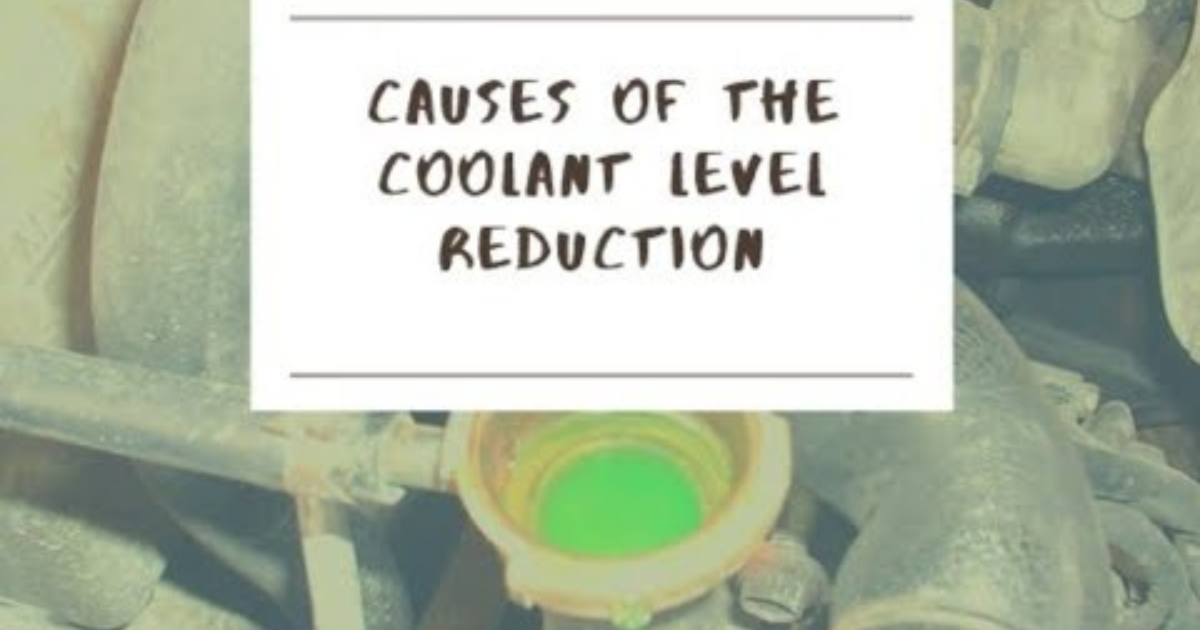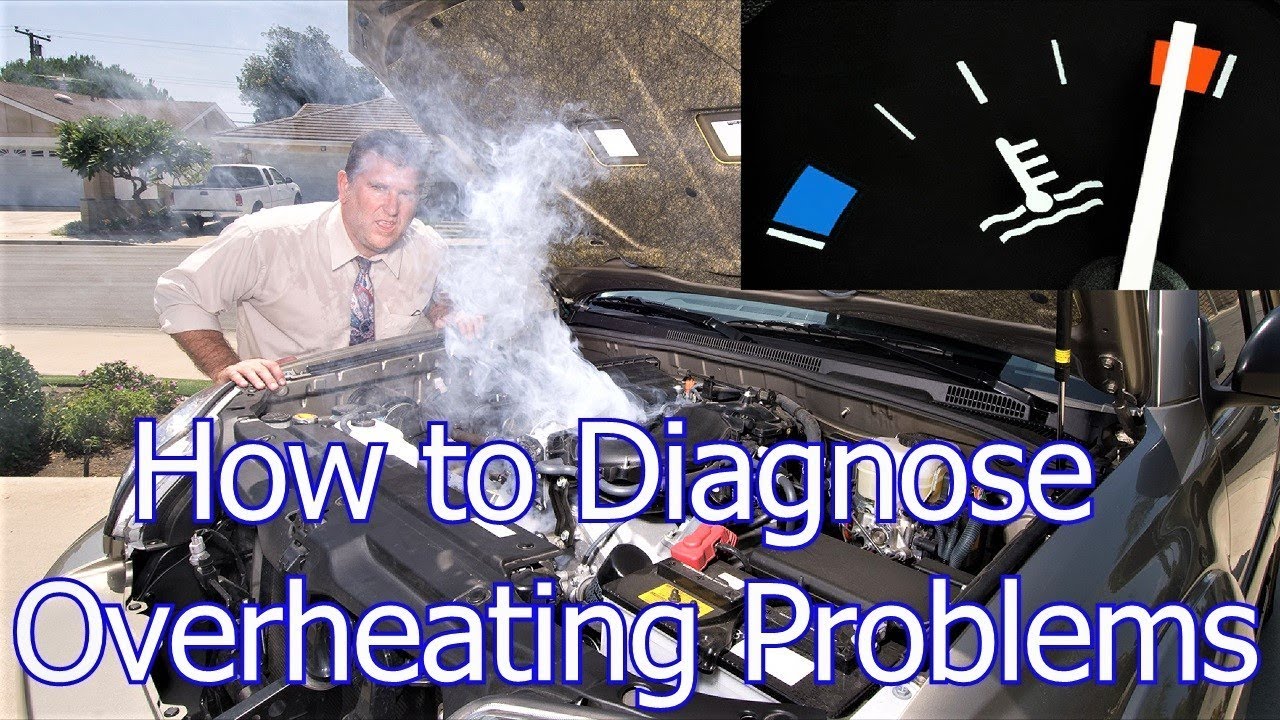Have you ever seen a milky liquid on the dipstick when checking the motor oil? If that’s the case, then there are oil leaks inside your vehicle. Severe engine damage can result from coolant combining with oil, so you must act quickly if you detect this.
Your complete engine system is at risk if you prolong the ignoring of this problem. To avoid this, be sure to address the presence of coolant in Oil promptly or see an expert.
Why does coolant end up in oil?
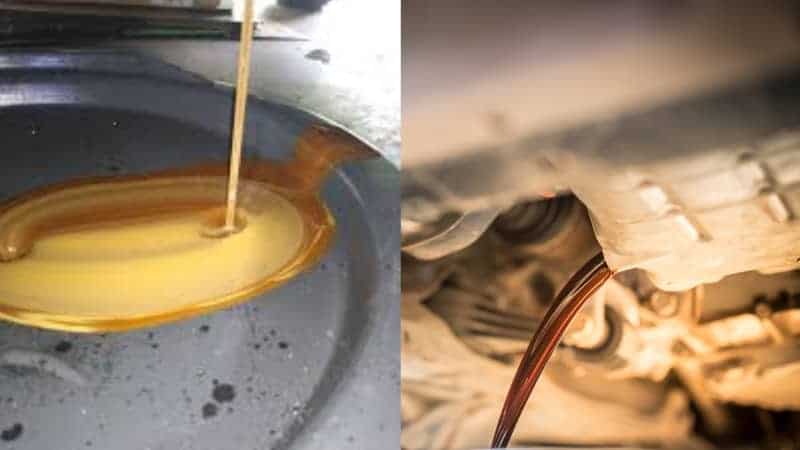
In order to determine the source of the coolant in the crankcase, various considerations must be made. One by one, let’s take a quick look at the reasons.
- A cracked head or blown head gasket
- Oil Cooler
- Leaky Gasket Head
- Damaged Engine Block
How to fix oil coolant
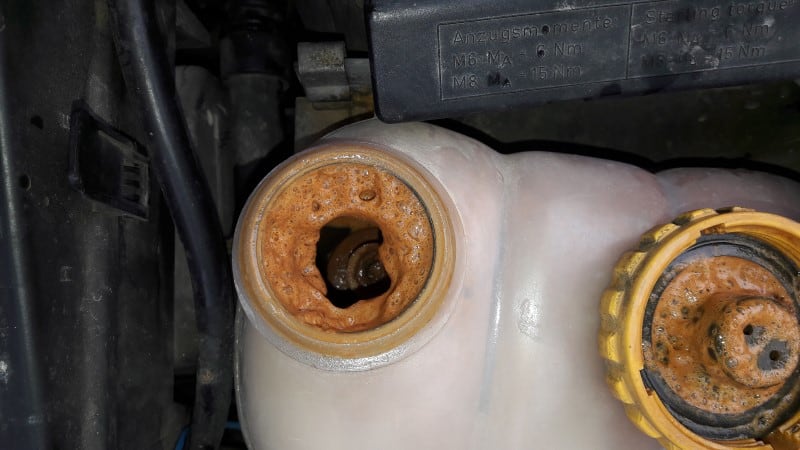
You can either address the problem head-on or get help from experts, depending on your assessment. Engine overheating, a leaking head gasket, or an oil cooler could be the culprit. Leaky head gaskets are the most common. So, there are two solutions to the problem of coolant and engine oil mixing, which typically occurs due to a leaking head gasket. Either have a professional remove the head gasket and repair it along with any other internal damage it may have caused, or try installing a steel sealant in the radiator and letting it fix everything on its own.
Because correcting a head gasket leak could be somewhat expensive depending on your automobile model, you can choose the second alternative if you don’t have the funds to remove and replace the gasket. But that second choice would only be good for the short term. If you insist on using steel seals, I can demonstrate the proper procedure.
Make sure the radiator is filled with clean coolant before proceeding. It is necessary to drain and replace the coolant if it is unclean. After that, unscrew the two bolts that secure the thermostat to its housing and pull it out. Once you remove the thermostat from its housing, fasten the bolts. Thermostat removal improves sealant flow and increases the likelihood of a successful leak seal.
To make things easier, you can unscrew the spark plugs and remove the coils from the spark plugs. Any spark plugs that have coolant on them indicate that coolant is seeping out of that particular cylinder. I have been successfully using this strategy for quite some time. Keep the other spark plugs loose and remove any coolant from the one you locate on the spark plugs. To prevent it from starting, you might need to disconnect the cylinder injector.
- Turn the key to the ignition and drop the steel seals into the radiator. Due to the absence of a spark in the hole, it will produce an excessive amount of noise.
- To allow the sealant to do its job, let the engine idle for around half an hour.
- Turn off the engine thirty minutes later.
- After the engine has cooled down for 30 minutes, you can repeat the operation three or four times.
- Remove the spark plug and let it dry for the night.
- Return the thermostat to its original position.
Return the spark to its original location and secure it the following morning. To ensure the sealant has an adequate opportunity to circulate, you should now drive the vehicle at a low speed. That concludes it. Sadly, the sealer does not work on all gasket holes. However, this is often the first and best choice. Taking the engine out is a costly ordeal.
Conclusion
The discovery of coolant in the oil shouldn’t be taken as a major catastrophe. However, you should be aware that, depending on the severity of the problem, the cost to repair it could exceed $1,000. Assuming it originates from the oil cooler, this may be a simple repair. Someone who is good at doing things on their own might be able to fix it without calling a mechanic.
Before calling a mechanic to remove the head cylinder and replace the gasket, try using a steel seal according to the instructions above if you’re sure the head gasket is to blame.
Hopefully, you have discovered resources to help you address this matter in the event that you ever encounter it.


